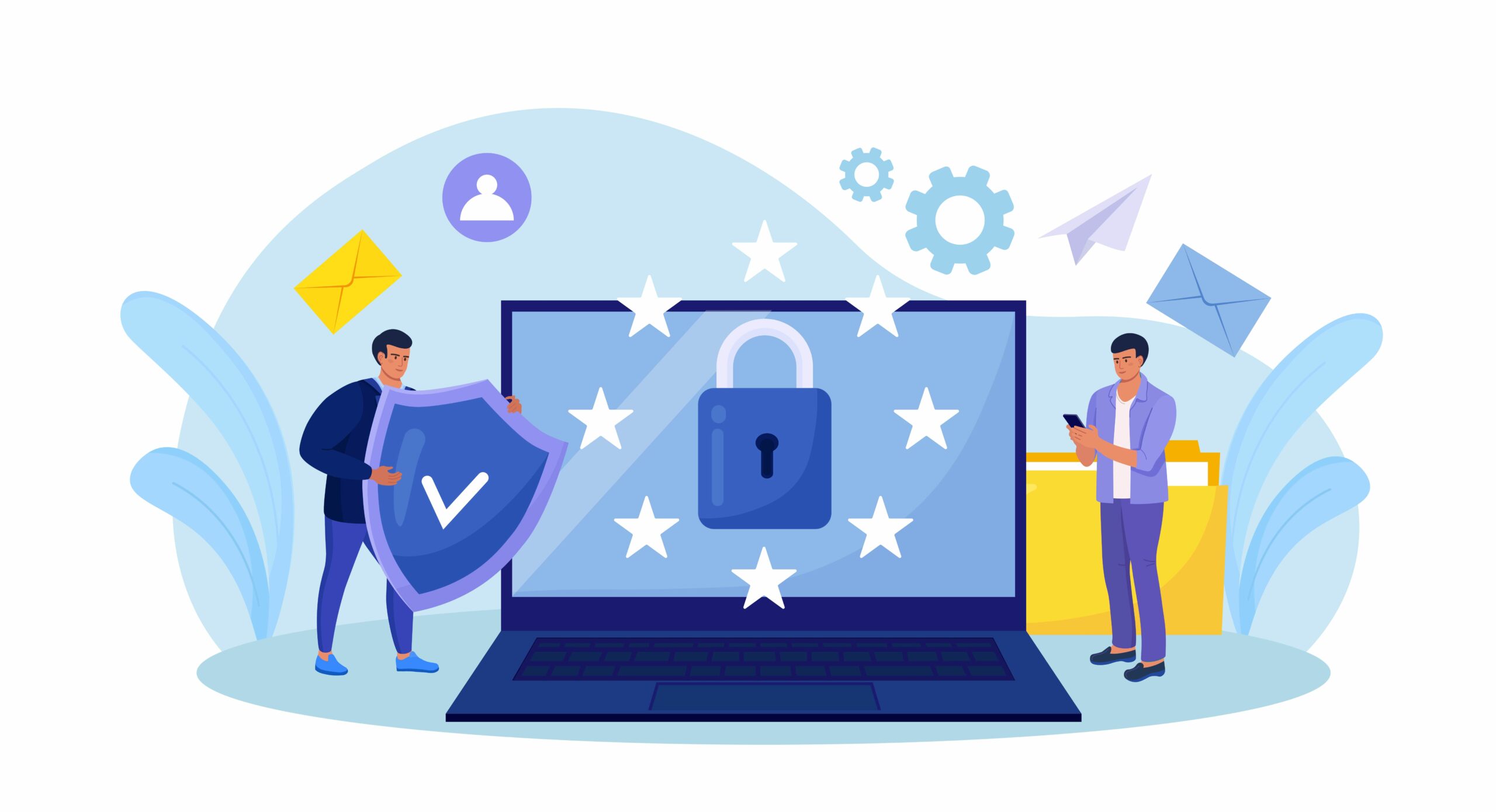Are you on a quest to retain your online anonymity? Perhaps you’ve heard whispers about the mysterious dark web and are curious to explore it. If that’s the case, this comprehensive guide is tailor-made for you! We’ll delve into Tor, its mechanics, and the reasons behind its rising popularity as a privacy-ensuring tool.
An Introduction to Tor: Championing Privacy Since the Mid-1990s
The Onion Router, abbreviated as Tor, is a brainchild of the United States Naval Research Laboratory. Developed in the mid-1990s, Tor has evolved to become a free and open-source software primarily directed at shielding internet users from the prying eyes of corporations rather than governments. Tor’s transformative journey led to it becoming a 501(c)(3) nonprofit under the banner of The Tor Project, Inc., in 2006.
How Tor Works: The Intricate Process of Onion Routing
Tor earns its name from the unique ‘onion routing’ technology that it employs to facilitate anonymous web browsing. The process is akin to peeling layers off an onion, with each layer being a level of encryption. The data traverses through a network of volunteer-run relays or nodes, each stripping away one layer of encryption before passing it on.
The journey begins with the guard node, which receives the data and removes the outermost layer of encryption using a specific key. The partially decrypted message then makes its way to the relay node. Eventually, the exit node dispatches the fully decrypted information to its final destination, thereby preserving user anonymity and security during internet navigation.
Perks of Tor: From Anonymity to Dark Web Access
The benefits of Tor are manifold – from maintaining online anonymity to facilitating dark web exploration. As Tor conceals the user’s IP address, it impedes websites and advertisers from monitoring user activities. This encryption-rich software forms the cornerstone of secure communication, privacy preservation, and even resource planning for many users.
Interestingly, Tor also offers journalists a platform to sidestep censorship and delve into the dark web. Moreover, the software provides a shield against potential network hackers by encrypting data as it journeys through numerous Tor servers. Tor can bypass stringent firewalls, filters, and access content subject to censorship. Above all, it allows users to venture into the part of the internet inaccessible through standard browsers – the dark web.
The Tor Browser

The Tor Browser is the official mobile browser of the Tor Project, designed to guard your identity as you access the dark web. This potent tool shields your online footprint by encrypting user data and obscuring the IP address. Furthermore, it wipes clean any browsing history and other identifiable information to ensure top-notch security. The browser frequently undergoes updates to maintain user anonymity.
Security and Anonymity with Tor: A Dual-edged Sword
The Tor network gives users a high degree of security and anonymity, making it an arduous task for anyone to trace a user’s online activity back to its source. However, the network isn’t invincible, and users must remain mindful of potential risks that come with using Tor.
Tor and the Dark Web: Exploring the Uncharted
The dark web, the concealed part of the internet, is accessible only through a specialized browser such as Tor. While it’s often notorious for illegal activities like drug trafficking and money laundering, it also provides a realm of anonymity and unrestricted access to content blocked by governments or ISPs.
To ensure the secure exploration of the dark web, users should adopt a few safety measures. Using a Virtual Private Network (VPN) along with Tor is recommended to fortify the connection. Moreover, users should stay vigilant against possible scams and phishing attempts rampant in
the dark web. With these safeguards in place, the dark web can be navigated without the fear of surveillance or tracking.
Potential Pitfalls of Using Tor: A Word of Caution
While Tor offers significant security and anonymity, it comes with a few potential drawbacks. Since Tor routes traffic through numerous nodes, it can occasionally result in slow and unreliable connections. Furthermore, some websites might blacklist Tor users due to prior suspicious activities associated with the service.
Finally, Tor doesn’t provide immunity from all forms of malicious activities, including phishing attacks or harmful downloads. It’s essential for users to be cognizant of these risks and take necessary precautions while using the service.
Beyond Tor: Other Paths to Online Privacy
Tor isn’t the only game in town when it comes to privacy-centric browsers and networks. Other viable alternatives such as the Epic Privacy Browser, Brave Browser, and Freenet offer similar levels of anonymity, security, and protection. Moreover, a Virtual Private Network (VPN) can provide robust protection for your online privacy. We’ve assembled a comprehensive guide on effectively using Tor alongside a VPN.
In Conclusion: Understanding Tor
As we conclude this guide, it’s crucial to understand that while Tor is a powerful tool for preserving online privacy and accessing the dark web, it’s not an absolute safe haven. While Tor can serve legitimate purposes, it does come with potential risks and downsides.
Alternatives like Virtual Private Networks (VPNs) may be more suitable for certain users. It’s advisable to weigh the advantages and disadvantages before settling on a choice. Nevertheless, Tor remains a potent asset for individuals who prioritize privacy and security for their online activities.
Remember, an informed internet user is a safer internet user. Stay safe and browse responsibly!




